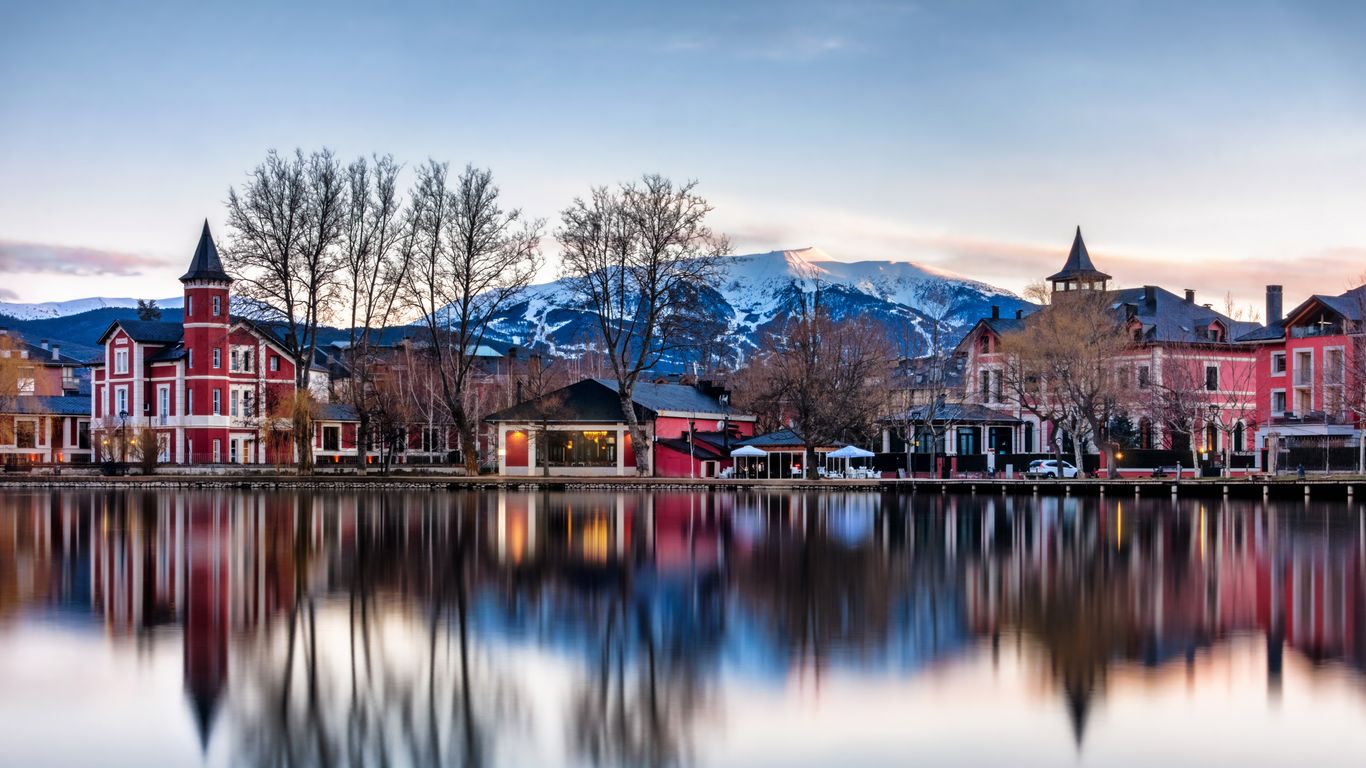Located just a stone’s throw from Spain’s border with France, Puigcerda serves as the capital of Cerdanya. It was founded in the 12th century by King Alfonso I of Aragon near the site of a Roman town known as Julia Libyca. During the 1670s, it spent several years under French rule before being returned to Spain as part of the Treaties of Nijmegen.
Things to do in Puigcerdà
In the heart of Puigcerda is the Campanar de Santa Maria, which is all that remains of a 12th-century parish church. The bell tower combines Romanesque and Gothic architectural features and now houses the local tourism office. Learn about the fascinating history of the Church of Santa Maria, then climb the stairs that lead to the top of the Campanar de Santa Maria for 360-degree views across Puigcerda.
Occupying a 19th-century Carmelite monastery is the Museu Cerda, which houses exhibits dedicated to the region’s social and agricultural past. Learn about the medieval convents of Puigcerda and the town’s traditional architecture, then see locally made crafts, clothing and farming tools collected throughout Cerdanya.
North of the town centre is the Lago de Puigcerda, which was constructed as a small reservoir in the 13th century. A scenic walking trail rings its shores and there’s a fishing platform where children can cast a line. Adjacent to the lake are the leafy walking trails and playground of Parc Schierbeck, which was named after the Barcelona-based Consul General of Denmark, German Schierbeck.
Getting around Puigcerdà
Puigcerda is around two hours’ drive from Girona and Girona–Costa Brava Airport, which has seasonal flights to destinations across Europe. Regular trains connect to the Puigcerda railway station and buses travel throughout the town. The centre of Puigcerda is small enough to explore on foot.





